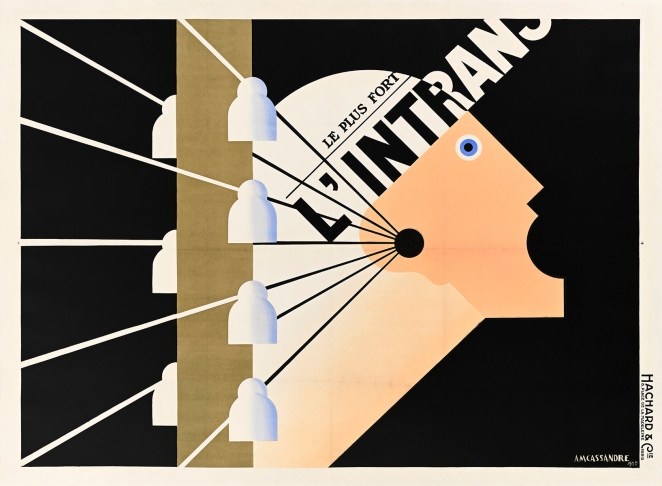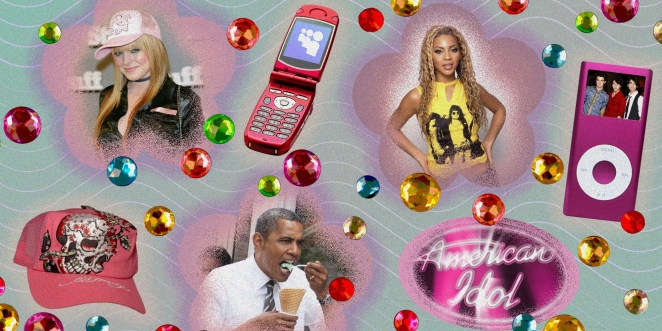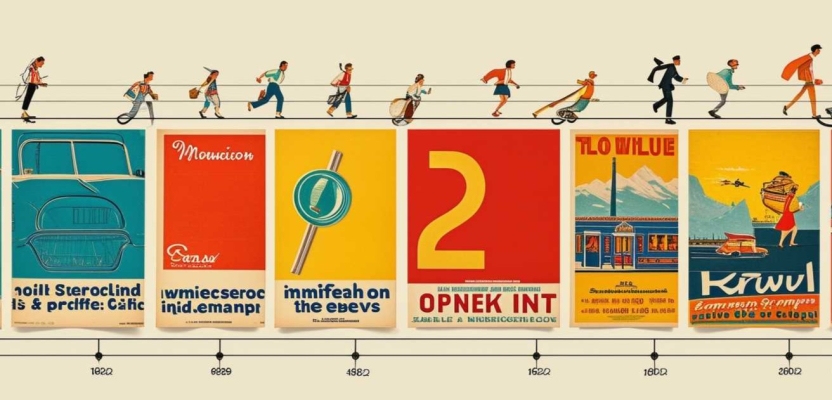Over the last century, the visual elements of advertising design have undergone a remarkable transformation. From the early days of print ads to the digital era, each decade has brought its own distinct aesthetic, influenced by cultural shifts, technological advancements, and changing consumer preferences. This evolution is a testament to the dynamic nature of advertising, where design trends continuously adapt to captivate audiences and reflect the zeitgeist of the times.
The Early 20th Century: The Birth of Modern Advertising
The early 1900s marked the birth of modern advertising, heavily influenced by the Art Nouveau movement. Advertisements from this era featured elaborate, hand-drawn illustrations with intricate details and ornate typography. The visual style was characterized by flowing lines, floral patterns, and a sense of elegance. These ads often aimed to appeal to the burgeoning middle class, emphasizing sophistication and quality.
The 1920s and 1930s: The Rise of Art Deco

The 1920s and 1930s saw the rise of Art Deco, a style that embraced modernity and luxury. Advertising during this period was bold and glamorous, featuring geometric shapes, streamlined forms, and vibrant colors. This aesthetic was a reflection of the optimism and opulence of the Roaring Twenties, as well as the technological advancements of the time. Advertisements for automobiles, travel, and consumer goods all adopted this stylish and futuristic look.
The 1940s and 1950s: Post-War Realism and the Golden Age of Advertising
The post-war era brought a shift towards realism in advertising design. The 1940s and 1950s, often referred to as the Golden Age of Advertising, were characterized by the use of photography and realistic illustrations. Advertisements aimed to connect with consumers on a personal level, featuring relatable characters and everyday scenes. This era also saw the rise of the iconic "Mad Men" style, with its polished layouts, catchy slogans, and a focus on the nuclear family and suburban life.
The 1960s and 1970s: The Creative Revolution

The 1960s and 1970s witnessed a creative revolution in advertising. Influenced by the counterculture movement, designers began to experiment with unconventional layouts, psychedelic colors, and innovative typography. This era was marked by a rejection of traditional norms, with advertisements becoming more playful, irreverent, and visually striking. Iconic campaigns like Volkswagen's "Think Small" and Coca-Cola's "It's the Real Thing" epitomized this bold new approach, challenging conventions and capturing the spirit of the times.
The 1980s and 1990s: The Digital Age Begins
The advent of digital technology in the 1980s and 1990s brought about significant changes in advertising design. With the rise of desktop publishing and graphic design software, ads became more polished and sophisticated. The aesthetics of this era were influenced by pop culture, with bright colors, bold typography, and a sense of dynamism. Advertisements started to incorporate digital effects, and the use of computers allowed for greater experimentation and creativity.
The 2000s: The Internet Era

The new millennium ushered in the internet era, fundamentally transforming the landscape of advertising design. As brands moved online, web design principles began to influence advertising aesthetics. Clean layouts, minimalistic designs, and user-friendly interfaces became paramount. The focus shifted towards creating seamless digital experiences, with ads that were visually appealing and easy to navigate. The rise of social media also introduced new formats, such as banner ads, pop-ups, and video content, each with its own unique visual language.
The 2010s to Present: The Age of Personalization and Interactivity
In the 2010s, the focus on personalization and interactivity became dominant in advertising design. With the proliferation of data and advanced targeting techniques, ads became highly customized to individual preferences. Visuals were tailored to resonate with specific audiences, incorporating elements like dynamic content, immersive experiences, and interactive features. The aesthetics of this era are diverse, ranging from sleek and modern designs to nostalgic and retro styles, reflecting the varied tastes of contemporary consumers.
A Century of Evolution
The evolution of advertising design over the past 100 years is a reflection of broader cultural, technological, and social changes. From the elegance of Art Nouveau to the digital sophistication of today, each era has brought its own unique aesthetic, capturing the spirit of the times and shaping the way brands communicate with their audiences. As we look to the future, it is clear that the visual elements of advertising will continue to evolve, driven by new technologies, emerging trends, and the ever-changing preferences of consumers.





